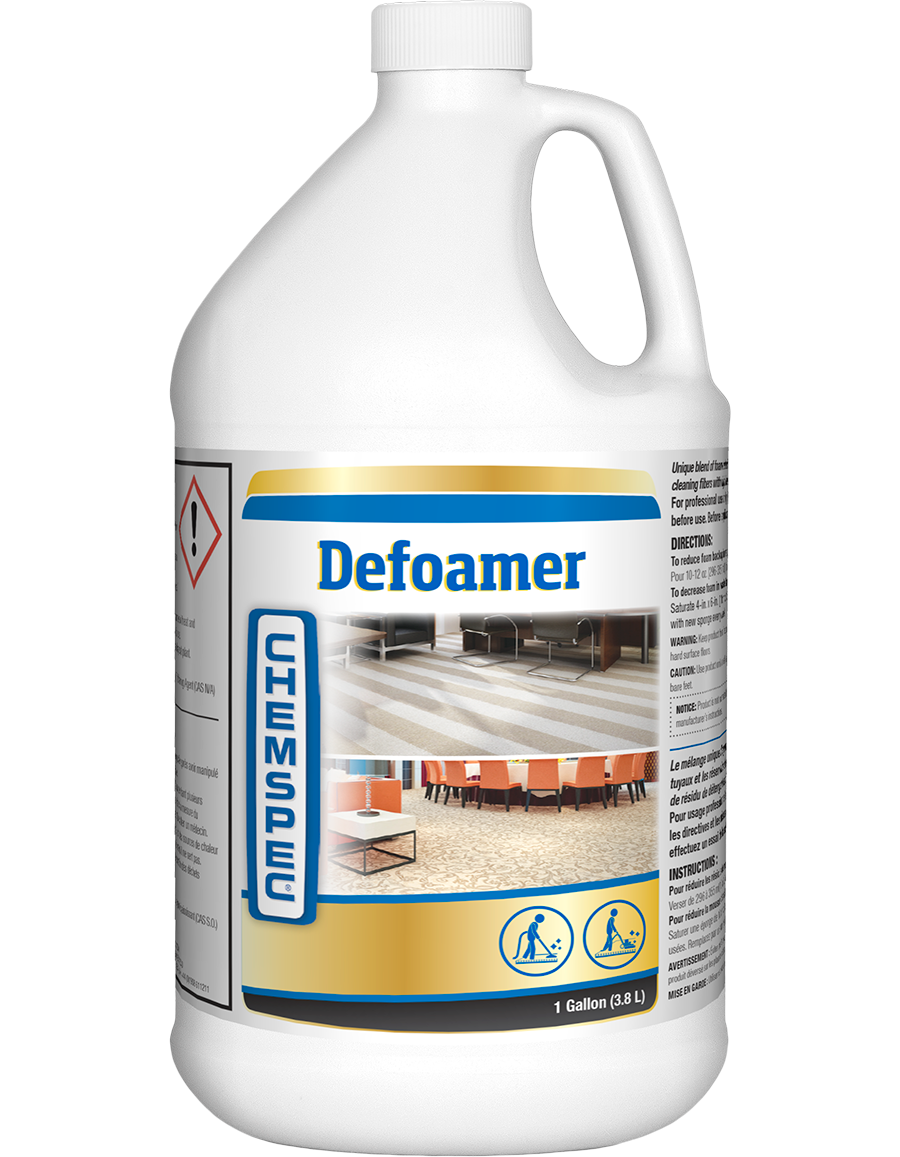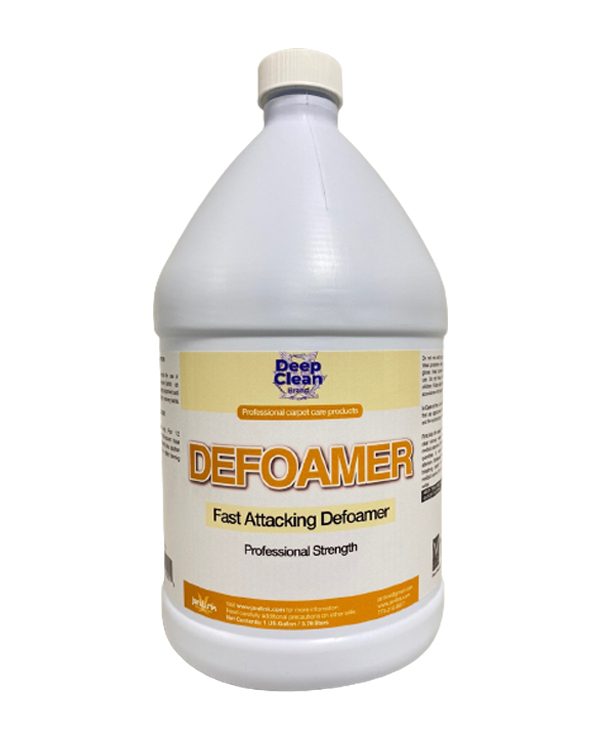Why Choosing a High-Quality Chemical Defoamer Is Essential for Your Industry
Why Choosing a High-Quality Chemical Defoamer Is Essential for Your Industry
Blog Article
Just How a Chemical Defoamer Can Improve Performance in Your Procedures and Processes
In today's competitive commercial landscape, operational effectiveness is vital, and the function of a chemical defoamer can not be neglected. By attending to foam-related obstacles that interfere with processes, defoamers not only assist in smoother procedures yet likewise contribute to set you back financial savings and improved product top quality.
Recognizing Chemical Defoamers
Chemical defoamers play an essential function in various commercial procedures by effectively decreasing and preventing foam formation. Lathering can cause functional ineffectiveness, boosted manufacturing prices, and endangered item quality. Defoamers are specialized chemical additives designed to interfere with the security of foam bubbles, consequently enabling smoother processing and improved efficiency across several fields, including food and beverage, pharmaceuticals, and wastewater therapy.

These representatives typically are composed of surfactants, oils, or polymeric substances that reduced the surface area tension of the liquid, assisting in the collapse of foam. The device whereby defoamers operate frequently includes the destabilization of foam frameworks, permitting quicker drain of liquid and the release of caught air. Different formulas are customized to details applications, taking into consideration aspects such as compatibility with the system, temperature, and the nature of the liquid being dealt with.
Recognizing the composition and performance of chemical defoamers is essential for choosing the proper product for a provided application. By optimizing defoamer option based upon procedure demands, markets can boost operational performance, mitigate foam-related obstacles, and eventually improve general performance.
Benefits of Making Use Of Defoamers
Using defoamers can dramatically improve operational efficiency across various industries by effectively alleviating foam-related problems. The presence of foam can interfere with procedures, leading to boosted downtime, reduced performance, and potential high quality destruction in final product. Defoamers help fight these obstacles by breaking down foam frameworks, consequently enabling smoother procedures.
Among the primary advantages of using defoamers is the reduction of waste and remodel. By reducing foam formation, defoamers boost the uniformity of procedures, making certain that materials are made use of efficiently. This not just decreases functional expenses however also adds to sustainability initiatives by lowering source intake.
Additionally, defoamers can enhance item high quality. In producing setups, excessive foam can lead to inconsistencies in item attributes, affecting customer fulfillment. By controlling foam degrees, defoamers assist keep the wanted physical properties of products.

Applications in Numerous Industries
The performance of defoamers extends throughout a large range of industries, where their application addresses particular foam-related difficulties integral per sector. In the food and beverage market, defoamers are critical for enhancing production processes, such as developing and dairy handling, where excessive foam can prevent flow prices and minimize effectiveness. By lessening foam, these representatives improve product high quality and consistency.
In the chemical production field, defoamers are used in processes like paint production and wastewater therapy. Here, they avoid foam development that can conflict with mixing and different stages, thus enhancing the general effectiveness and performance of procedures.
In drugs, defoamers play a vital function in the formula of liquid medicines, making certain appropriate dose and security by regulating foam during blending and storage space. (Chemical Defoamer)
Additionally, in the agricultural field, defoamers are utilized in pesticide formulas to enhance application effectiveness and minimize waste.
Picking the Right Defoamer
Selecting the suitable defoamer is crucial for navigate to these guys achieving ideal efficiency in numerous applications. The choice process must start with a thorough understanding of the certain concerns at hand, including the sort of foam present, the handling problems, and the chemical compatibility with various other solution elements.
Defoamers are created from a range of products, including silicone, mineral oils, and fatty acids. Determining the ideal make-up is crucial, as various materials display varying effectiveness in diverse settings. Silicone-based defoamers are usually preferred in high-temperature applications due to their security, while natural defoamers may be much more ideal for water-based systems.
In addition, think about the defoamer's effect on the end product. Some formulas can alter the practical or aesthetic residential properties, making it imperative to select a defoamer that meets product specs without compromising top quality.
Examining is one more essential action in choosing a defoamer. weblink Small tests can give important insights into the defoamer's efficiency, enabling adjustments before full-blown execution. By very carefully examining these factors, services can improve effectiveness and guarantee that the defoamer properly fulfills their operational requirements.
Ideal Practices for Implementation
Executing a defoamer efficiently requires mindful planning and adherence to ideal techniques to maximize its efficiency. Conduct a comprehensive assessment of the specific application and foam features. Understanding the kind and source of foam will guide the selection of the most ideal defoamer formulation.
Next, establish the optimal dose (Chemical Defoamer). Begin with a small-scale trial to identify the minimum reliable focus, as excessive use can cause adverse effects on item high quality or operational effectiveness
Tracking and readjusting the application technique is critical; make certain that the defoamer is presented at the best point while doing so for maximum influence, such as throughout mixing or instantly after foam development.

In addition, preserve clear communication with all pertinent employees to make certain consistent application methods and to share insights on performance results.
Verdict
Finally, the application of chemical defoamers plays a crucial role in boosting operational effectiveness throughout diverse industries. By effectively destabilizing foam, these representatives facilitate quicker drainage and air launch, thus reducing disturbances and lowering expenses. The calculated application of defoamers not just boosts throughput yet also makes sure regular item top quality and source optimization. Ultimately, the consolidation of defoamers right into commercial processes promotes integrity and contributes to overall efficiency improvement.

In the food and beverage sector, defoamers are vital for enhancing production procedures, such as brewing and dairy processing, where excessive foam can prevent circulation prices and reduce performance. why not try these out Silicone-based defoamers are frequently preferred in high-temperature applications due to their security, while organic defoamers might be extra ideal for water-based systems.
Report this page